5G is a revelation, and Coca-Cola is now able to evaluate multiple use cases especially with smart manufacturing, automation at the production floor, and measuring the critical process parameters in difficult environments.
In our latest be in conversation episode, our BEACON member Vicky Abhishek, former Group CTO, Bottling Investment Group and Asia Pacific Group at The Coca-Cola Company shares why despite the experimentations, 5G capabilities should be interconnected or standardized, so enterprises to consume it at scale across telco boundaries.
Note: At the time of filming in March 2021, Vicky Abhishek was an employee of Coca-Cola but is currently the Managing Director, Growth Markets at Accenture.
Geok Chwee: Vicky, can you help our audience understand a bit more of the spread of your company, the products and where your aspirations are.
Vicky: We’re just 135 years old. Of course, an iconic brand for beverages and our mission is to refresh the world and make a difference in the communities we operate in. We operate all over the world except for perhaps, one or two countries where we don’t have presence. We have over 3,000 brands, Coke is our iconic brand—the classic Coca-Cola. We do have coffee, juices, water. Milk is a big growth category in the US with our fairlife brand so we have been diversifying our product portfolio and offering all kinds of beverages to our consumers to meet their different choices and preferences and it has been a fantastic journey for the company to be part of the consumer experience. And from an IT standpoint, for the last few years, we have been in a massive transformation journey to move to the new set of technologies and enabled cloud-empowered platforms, where we can further enhance and reach to our consumers and deliver our mission.
Geok Chwee: In the last 12 months, most of us have experienced a speed of transformation that we have never had before. As the CTO, what were the challenges that you have to grapple with when the world spins into this new normal?
Vicky: We have been on a massive journey of cloud adoption and digitizing our enterprise. It was fairly seamless for us in switching over when working remotely. Of course, our production facilities and our plans, we had to make adjustments. But for most of the enterprise, the switch over to work remote was fairly easy, unnoticeable because of all the hard work done before—platforms engineering work which we did earlier to simplify our environments. When we started realizing, our focus switched to protecting our communities, which is, including our workers, our front-line salespeople, our factory workers, our operators on the ground. We focus on their well-being and their sustenance in a difficult environment. And then we build up on it to start looking at how we can change some of our processes and go more touchless and contactless and automate deeper faster, and to enable the business transactions in the changing environment. There is a massive uptake on our e-commerce on our B2B, B2C, direct to consumer channels as well. People started ordering more online and consumption shifted from on-premise, which is restaurants, malls and shopping centres to at home. That is another significant change, which we experienced during this pandemic time.
Massive growth on e-commerce, movement of consumption at home increased quite a lot, and now, we’re seeing things settling into a more regular rhythm. We had a fantastic last quarter and first quarter of this year, and I hope things keep going up from here.
Geok Chwee: In this shift in terms of consumer behavior and how we work remotely, with a distributed workforce, I’m sure technology plays a key part and what’s your view about emerging technologies that might then, open up new possibilities for all of us, whether in the way we work or the way we serve our communities and consumers?
Vicky: We continuously thrive as an organization to have deeper and better understanding of the consumer, their taste, preferences, choices, and cater to them through our product, and product supplies, deliveries back in all the supply chain processes are targeted that. Knowing more about consumers and building that deeper, granular understanding of the consumers, promoting our products across all the channels where consumers are presented today, which is most of it is now digital and doing things like programmatic advertising, looking at digitizing our entire supply chain, so that we can be more agile in the way we deliver our products to the consumer and have more sustainable supply chains, more green ecosystems. If you saw recently, we have stopped using virgin plastics in the US, which means we are recycling all the plastic which we are using. We are already returning more water into the communities where we are operating than what we are using for our production plants. So we are water positive.
All these things are actually aligned with our vision to make a difference in the communities where we operate.
Geok Chwee: That’s interesting, and as telcos, we are always very bullish about emerging tech and we are very excited about 5G. Across the Bridge Alliance footprint, many of our operators have started deploying 5G and some have already started 12 to 18 months ago. What’s your view of what 5G may bring to the way you operate your business, whether your supply chain or even remote work?
Vicky: Before I talk about 5G, one thing I want to address is that telcos, in my view, they are the biggest data custodians in the world now. And the whole approach of the businesses, digital approach of the business is to monetize the data. Telcos have a huge headstart. Imagine one company running one app on the phone versus the entire consumer, which has all the SIM card, and you have all the location data and the demographics of the consumers. Telcos have to start thinking about how to monetize it in a more active mode and I think Bridge Alliance and the team is doing a great job in thinking on those lines, coming of those use cases. Coming back to 5G, it is a revolution, and we are now able to do or evaluate multiple use cases, but most importantly, when we talk about smart manufacturing and we look at automation at the production floor and measuring the critical process parameters in difficult environments. I think having a 5G empowered edge becomes very critical and becomes one of the best ways to deliver that. Similarly, we have a massive supply chain to deliver our products to our consumers—our trucks, warehouses, inventories–they are constantly on the move to track them and to make sure they are being executed in the right way and maximize the value of the supply chain. And 5G’s place is there. We use a lot of 5G technologies to start doing AR and VR where we have equipment installed in our factories, which are serviced from engineers remotely during the pandemic time. But we could use simple VR technologies to take instructions remotely and still service the equipment in other parts of the world. So there are a lot of places where 5G can become immensely useful to the business.
One of the use cases we are exploring in one of our markets is taking away all the back end network so the redundant network, and moving 5G as our backup network. So you look at your primary network, which is of course, wired connections and these lines and all of the other good stuff but we don’t need to have two sets of connectivity. We can run one 5G and one wired connection. So there are so many ways in which all these innovations coming together and what it’s empowering the business is to think different and attach that 5G technology to the lower cost of sensors, the wide variety of choices of our PLC and our automation partners. It has just become so powerful. It amplifies the impact to the business from that perspective and there is a lot of experimentation going on right now. There still needs to be some more standardization across multi-market 5G technologies for enterprises at our scale to take full benefit of it and we’re looking forward to it. This is just like how we did with the mobile world with the data roaming, voice roaming and interconnectivity between operators. I think we have to start figuring our ways to interconnect our 5G capabilities as well at least standardize it, and allow the enterprises to consume it at scale across telco boundaries.
I’ve been involved with Bridge Alliance for 5 years and I’ve been always surprised that whenever we come to Bridge Alliance and bring a business problem to it, I always get the right support from the team and we find solutions to make it work. To have a common mobility plan for the whole of APAC region. It’s not simple, there are countries with different levels of infrastructure, core structures and to harmonize all that. Bridge Alliance came up, came forward with it and solved it for us, which allowed our team to do mobile-first initiatives, and go on to mobile platforms. So I think Bridge Alliance has a huge value to add and I’m glad that you’re leading it and you’re taking us towards that.



